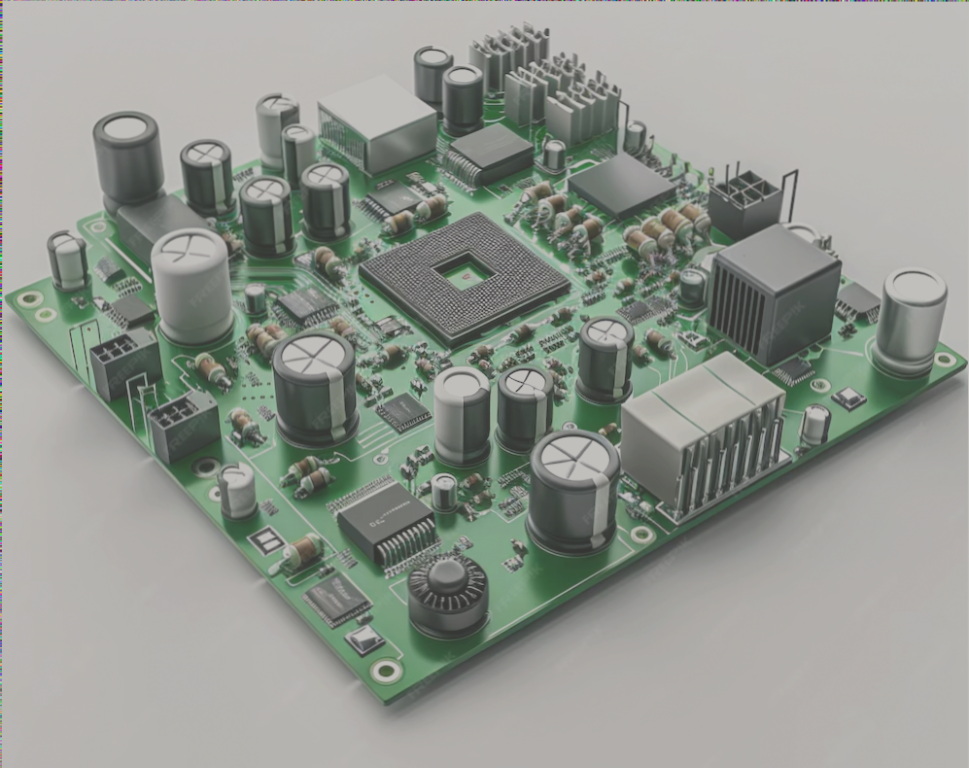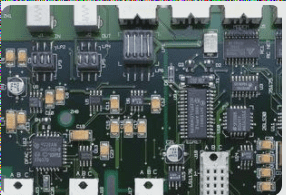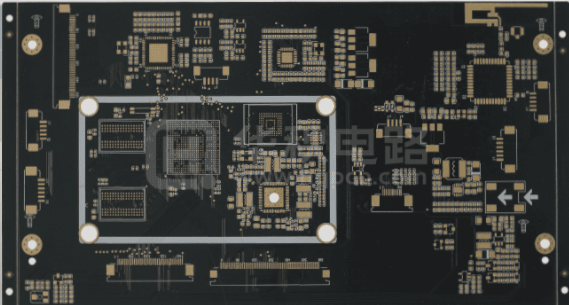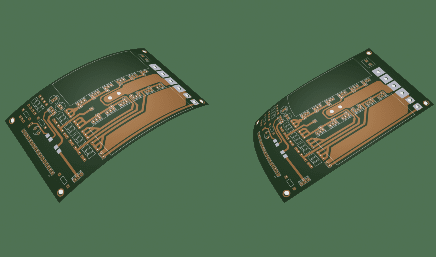Comparing Surface Mount Technology (SMT) and Through-Hole Technology (THT) in PCB Manufacturing
When it comes to manufacturing printed circuit boards (PCBs), engineers have two primary component attachment options: Surface Mount Technology (SMT) and Through-Hole Technology (THT). Understanding the differences between these methods is crucial for selecting the most suitable approach for your project.
1. Surface Mount Technology (SMT)
SMT involves placing electronic components directly onto the surface of a PCB, soldering the leads to pads on the board’s surface. This method allows for a smaller footprint and higher component density, making it ideal for compact devices like smartphones and tablets.
2. Space Efficiency and Application Suitability
SMT’s reduced space requirements and increased circuit density enable the creation of smaller and lighter electronic devices. It is favored in the consumer electronics industry for accommodating high-density designs and miniaturization.
3. Precision and Equipment Requirements
While SMT offers space efficiency, it requires highly specialized placement equipment due to the small component sizes. Precision is crucial during assembly to avoid performance issues or defects.
4. Handling and Repair Difficulties
Technicians may find handling and repairing SMT components challenging, as they require specialized skills and equipment. Rework can be more complex compared to THT, impacting low-volume or customized production runs.
5. Through-Hole Technology (THT)
THT involves inserting component leads through holes in the PCB and soldering them on the opposite side. This method provides robust mechanical connections, ideal for components under high stress or mechanical forces.
6. Mechanical Strength and Reliability
THT offers greater mechanical strength as component leads pass through the board, making it suitable for high-power applications and harsh environments. It is easier for manual handling and repair, beneficial for prototyping or small-scale production.
7. Size and Space Considerations
While THT provides mechanical strength, it requires more space on the PCB due to drilled holes and larger component sizes. This may not be suitable for applications with limited board space compared to SMT.
8. Hybrid Approaches
Combining SMT and THT in a hybrid approach allows engineers to benefit from both technologies. SMT is ideal for high-density designs, while THT offers stronger mechanical connections for components under stress.
9. Conclusion
The choice between SMT and THT depends on project requirements. SMT suits high-density, space-constrained applications, while THT provides reliability for rugged components. A hybrid approach can offer the best of both worlds, meeting performance, reliability, and cost objectives effectively.
PCB Assembly: Choosing Between SMT and THT
Understanding the Differences
When it comes to PCB assembly, engineers often face the decision between Surface-Mount Technology (SMT) and Through-Hole Technology (THT). Each method has its own strengths and limitations, impacting factors such as space utilization, durability, and ease of manufacturing and repair.
Surface-Mount Technology (SMT)
SMT involves mounting components directly onto the surface of the PCB, allowing for smaller board sizes and higher component density. This method is ideal for high-volume production and applications requiring compact designs.
Through-Hole Technology (THT)
In contrast, THT requires leads of electronic components to be inserted through drilled holes in the PCB and soldered on the opposite side. While less space-efficient, THT offers benefits like easy repair, robustness, and suitability for prototyping.
Factors to Consider
- THT is visually inspectable and manually repairable, making it suitable for applications requiring quick modifications.
- SMT demands precision equipment for micro-scale component placement, ideal for high-density applications.
- Consider the availability of components in each mounting style before making a decision.
WellCircuits Limited: Your PCB Assembly Partner
WellCircuits Limited, a leading PCB assembly company in Shanghai, offers expertise in both SMT and THT processes. With state-of-the-art facilities and highly-trained technicians, they ensure efficient production and high-quality standards.
SMT Capabilities
- Precision pick-and-place machines with 50-micron accuracy
- Reflow ovens with precise temperature control
- Automatic Optical Inspection (AOI) and X-ray for defect detection
- Hand soldering for intricate requirements
THT Assembly Services
- Manual component insertion and soldering
- Microscopic inspection and continuity testing
- Conformal coating application for added protection
- Stringent quality control measures
Choosing the Right Partner
Whether you opt for SMT or THT, selecting a reliable assembly partner like WellCircuits is crucial. Their commitment to quality, quick turnaround times, and competitive pricing ensures your PCB designs are in safe hands from prototype to mass production.
Key Considerations for Choosing PCB Manufacturing Partners
- Conduct thorough due diligence to verify partner capabilities, production scale, certifications, and track record.
- Consider total landed costs, including duties, in addition to unit pricing.
- Understand expected turnaround times, minimum order quantities (MOQs), and project-specific requirements.
Transitioning from Prototype to Volume Manufacturing with EMS Providers
With the right Electronics Manufacturing Services (EMS) provider, such as WellCircuits, your PCB designs can smoothly transition from prototype to volume manufacturing. WellCircuits offers proficiency in both Surface-Mount Technology (SMT) and Through-Hole Technology (THT) assembly, ensuring your product’s success in the market.
Advantages of SMT and THT Technologies
While SMT is preferred for high-volume, high-density applications, THT excels in prototyping and manual inspection/repair scenarios. The choice between SMT and THT depends on factors like component density, production volume, repairability, and board size.
Empowering Designers with Flexible Mounting Techniques
WellCircuits Limited, with expertise in both SMT and THT processes, empowers designers to choose the most suitable mounting technique for each component. Designers can opt for a single method or creatively combine both within a single project, depending on their specific needs.
Collaboration for Optimal Assembly
Partnering with experienced EMS providers like WellCircuits ensures optimal assembly for your specific requirements, focusing on quality, reliability, and cost-effectiveness from prototype to mass production. By entrusting technical manufacturing intricacies to proven professionals, designers can concentrate on driving innovation and advancing product development.





